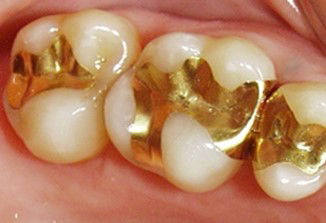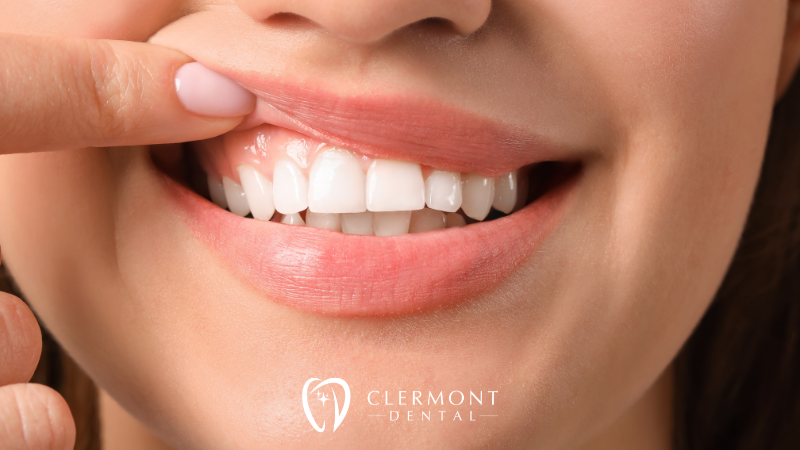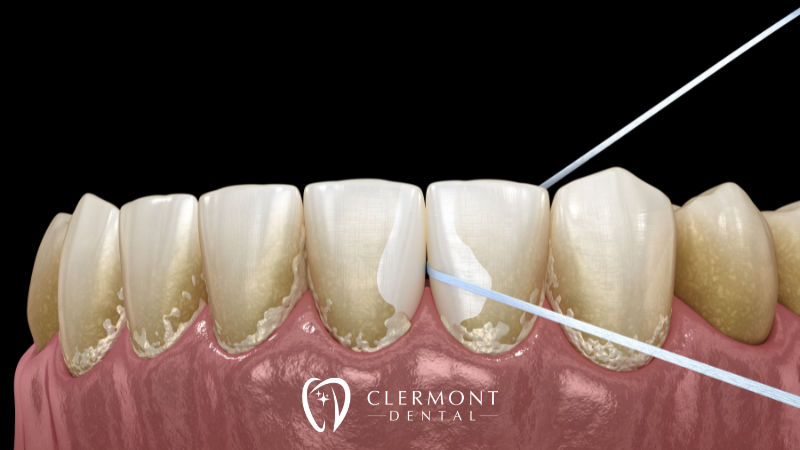Dental fillings are a necessary part of dental care. They can be used to repair decayed teeth or simply for cosmetic purposes. While there are many different types of filling materials, each one has its own advantages and disadvantages as well as potential side effects. It’s important to understand these differences when considering whether a particular kind is right for you or not.
1. Amalgam/silver fillings

Amalgam is a mixture of mercury, silver, tin and copper. It’s used to fill cavities in teeth.
- Amalgam is not recommended for children under 6 years old because their bodies are still growing and developing.
- Pregnant women should not have amalgam fillings placed because the metal may leach into their bloodstream and harm them or their babies.
- Amalgams can be toxic if not removed properly; if you have an old filling that needs to be replaced or an existing cavity that needs to be filled with another type of material (like composite resin), ask your dentist how he or she plans on removing your existing filling before proceeding with treatment so you don’t encounter any surprises down the road!
Mercury is toxic at high levels and can cause damage to the brain, kidneys, lungs, and immune system over long periods of time. When an amalgam filling breaks or cracks, it releases small amounts of mercury vapor into your mouth. It’s important to have your dentist remove old amalgam fillings before placing new ones; otherwise, you may end up with multiple sources of exposure to this heavy metal!
2. Composite Resin fillings (White fillings)
Composite resin fillings are the most common type of dental filling, and they’re often used to repair cracked or broken teeth. Also known as white fillings or tooth-colored composite so it looks natural when placed in your mouth. They can also be shaped to match the surface contour of your teeth for a more natural appearance than other types of fillings.
They are the best type of filling to use when replacing a decayed tooth. They are stronger than amalgam or silver fillings and are made from a combination of plastic and glass fibers that are mixed together with an adhesive material called monomer which hardens into a solid mass when exposed to UV light (i.e., sunlight).
The process involves taking an impression of your damaged tooth with an acrylic mold and then sending it off for lab technicians who will create a custom-made restoration for you that fits perfectly over top of your damaged area(s).
Composite resins also have a good track record for repairing cracks in teeth because they are more flexible than other materials and can be shaped into small spaces between the tooth and the gum tissue.
3. Gold fillings

Gold fillings are durable, long-lasting and can last for decades. They’re also expensive, so you’ll have to pay more at the dentist’s office.
Gold is an alloy that contains gold and other metals such as copper or palladium. It’s commonly used as a dental filling material because it does not decay easily like other materials do when exposed to acid in your mouth (a process called “demineralization”). The strength and durability of this type of material makes it ideal for restoring teeth with large cavities or cracks caused by trauma or decay damage over time.
While gold restorations are strong enough for most people who don’t grind their teeth down too much–and if there aren’t any cracks within them–they may still need replacement every 10 years or so due to normal wear-and-tear from chewing food throughout each day; however, this isn’t an issue unless you eat very hard foods all day long without taking breaks between bites (i.e. popcorn kernels).
4. Glass Ionomer
Glass ionomer sealants are a type of filling used to prevent cavities from forming. They are made up of glass and resin, and applied directly to the tooth surface. Glass ionomer fillings are strong, durable, and can also be used to fill cracks in teeth.
Glass ionomer sealants work by forming an adhesive bond with your teeth that helps protect them against decay by acting as an additional layer over existing enamel or dentin (the layer directly beneath your enamel). This means that you’re less likely to get cavities in the future!
Glass ionomer sealants are used for a variety of dental applications, including filling small cavities in your enamel and protecting your teeth from decay. They’re also used to fill cracks and pits on the surface of your teeth by creating an adhesive bond with them. This helps prevent food debris and bacteria from entering into these spaces, which can cause further damage to your mouth.
5. Porcelain/Ceramic fillings
Porcelain fillings are very strong and durable, but they’re also more expensive than other types of fillings. Porcelain can be used to replace large fillings, as well as smaller ones that have been worn down over time or broken during chewing.
The strength of porcelain makes it ideal for patients who have a history of breaking their teeth or cracking the surface of their teeth when biting down on hard foods such as nuts or hard candy (known as “brittle teeth”). However, because porcelain is more brittle than some other materials like amalgam or composite resin, it’s possible for your tooth enamel to chip off the surface if you chew excessively hard foods without first wearing down any existing dental work in place.
Conclusion
If you’re considering getting a filling, it’s important to know what options are available. Dr. Safavi or your dentist can help you decide which type of filling will work best for you, based on factors such as cost and longevity. If you have questions about dental fillings or any other aspect of your oral health care, contact us at (303) 691-3333 today!








